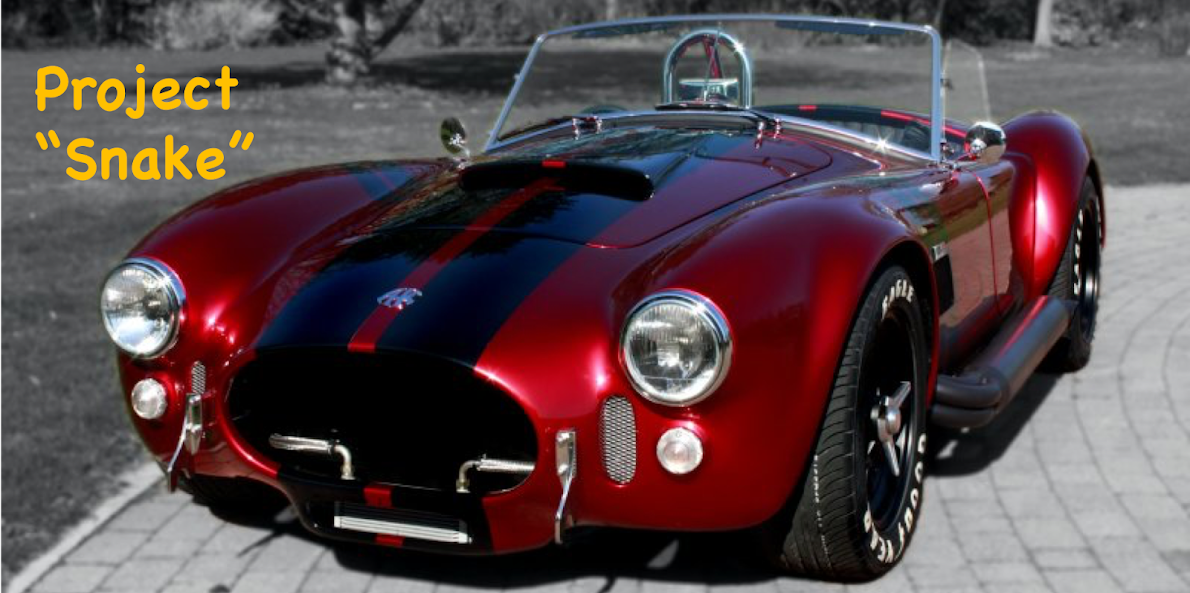I have finally got round to starting to put the rear axle components back together.
Part of the delay has been due to my prevarication over whether to powder coat the rear hub carriers, paint them or simply leave them with a bare vapour-blasted finish and give them a coat of something like ACF50 to protect them.
 |
| Hub carriers as they came back from vapour blasting....some time ago now...! |
ACF50 (Anti Corrosion Formula) is a product developed for the Aerospace Industry and is an anti-corrosion lubricant that bonds to the metal surface and can "creep" into seams, joints, cracks etc to displace moisture and other corrosive fluids. The manufacturer claims it has the ability to "chemically neutralise road salt'. Many motorcyclists swear by it to keep their exposed aluminium/metal engine and exhaust parts looking good for longer. It also displaces water from electrical components. The downside is that you need to keep applying it (every 6 months or so) to maintain the protection levels and you need to be careful applying it around brake components, so I dismissed that as an option.
That left powder coating or paint. I preferred the idea of powder coating as it would be more durable and harder wearing. A single hub carrier would only just fit into my powder coating oven and I even got as far as fabricating a stand/frame to hold the hub in the oven, just clear of the heating elements, before I changed my mind. The plan had been to powder coat the hubs silver and the silver powder requires a further coating of clear to protect it and stop it from dulling over time. However, my experiences of getting the second coat of powder to stick evenly to a component, even when 'hot-flocking', have been variable, to say the least. The hub carriers have a lot of recesses and tricky corners and, being a large component, would heat up in a very uneven way which I was concerned would also affect how the second clear coat would adhere evenly. So at the 11th hour, I changed my mind and decided to just paint the hubs.
I used a product called Alumablast which is specially formulated for smooth or cast aluminium components, gives a 'fresh cast aluminium' look and has the added benefit of retaining its protective qualities up to 150 degrees C.
 |
| Aluminium Replication Coating - you have to love the US descriptions! |
The hub carriers were given a good clean off with a blast of compressed air, a liberal wash down with some Eastwood Pre-Painting Prep and a further blast of compressed air to remove as much of the vapour blasting residue as possible. Then for good measure, they had a 60-minute session in the oven at 200 degrees to gas out any further impurities before a final wash down with the Pre-Paint Prep and then an application of masking tape around all the bearing seating areas.
I applied several light coats of Aluma Blast to each carrier. One can is more than enough for both hubs. The paint actually looks like it has small metal flakes in it when it is sprayed on (not sure if it actually does). The nozzle did have a rather annoying tendency to clog up, so I had to keep soaking it in thinners between coats.
 |
| Bearing Areas masked... |
 |
| ...a couple of light applications... |
 |
| ...looks almost freshly cast!!! |
 |
| Final painted hub with masking tape removed |
So now with both hub carriers painted and looking nice and clean and shiny, the next stage will be to start refitting the bearings and rear hubs proper.







